Description
The Pearlscale Butterfly Orange Tail, scientifically known as Chaetodon xanthurus, is a visually striking marine fish with vibrant colours and distinctive features. It has a maximum size of around 5 inches (12 centimetres), making it a relatively small butterflyfish species. The body is oval-shaped and laterally compressed, with a concave forehead and a pointed snout. The dorsal and anal fins are elongated, giving the fish an elegant appearance. The colouration is predominantly orange, with a black band extending diagonally from the eye to the caudal fin, which has a contrasting yellow or orange colouration.
Natural Habitat:
Pearlscale Butterfly Orange Tail is commonly found in tropical coral reef environments. Its natural habitat consists of clear, warm waters with rich coral formations and abundant marine life. These fish inhabit the upper regions of the reef, frequently swimming among coral branches and searching for food in the nooks and crannies of the reef structure.
Keeping Pearlscale Butterfly Orange Tail Healthy:
This species requires careful attention to ensure their well-being. The care level is considered moderate, requiring some experience and knowledge in maintaining marine aquariums. Providing stable water parameters, maintaining high water quality, and establishing a suitable tank environment are essential. It is important to monitor temperature, pH, and salinity levels regularly and ensure appropriate filtration and circulation.
Special Requirements and Feeding:
Pearlscale Butterfly Orange Tail requires a varied diet consisting of both meaty and plant-based foods. Offer a mix of high-quality flakes, pellets, frozen or live foods such as brine shrimp, mysis shrimp, and finely chopped seafood. Ensure the diet includes marine-based proteins and some vegetable matter. Regular feeding, 2-3 times a day in small portions, is recommended to meet their nutritional needs.
How Many Should I Keep:
Pearlscale Butterfly Orange Tail is generally kept singly or in pairs due to their territorial behaviour. Keeping more than one individual may lead to aggression and territorial disputes. Providing ample swimming space and hiding spots within the tank is essential for maintaining a peaceful environment.
Lighting Preference:
This species thrives under moderate to high lighting conditions in the aquarium. Mimicking natural reef lighting with full-spectrum LED or fluorescent lights will promote their well-being and enhance their vibrant colours.
Suitable Tank Mates:
Pearlscale Butterfly Orange Tail can be kept with other peaceful marine species that are compatible with their temperament and requirements. Suitable tank mates include other peaceful reef fish such as clownfish, gobies, wrasses, and small tangs. Avoid aggressive or territorial fish that may harass or compete with the Pearlscale Butterfly Orange Tail.
Reproduction in the Wild:
In the wild, Pearlscale Butterfly Orange Tail engages in external fertilization to reproduce. They form monogamous pairs during the breeding season and engage in courtship displays to attract mates. The male showcases vibrant colours and intricate swimming patterns to impress the female. Once the pair is ready to spawn, they rise together towards the water surface, where they release their gametes simultaneously. The buoyant eggs, which are small and transparent, disperse in the water column and drift with the currents. These eggs eventually hatch into larvae, which undergo a pelagic phase before settling back into the reef as juveniles. The reproductive success of Pearlscale Butterfly Orange Tail in the wild relies on suitable environmental conditions, availability of compatible mates, and successful larval development.
Breeding Chaetodon xanthurus:
- Set Up:
Breeding Pearlscale Butterfly Orange Tail in captivity requires a well-maintained aquarium with suitable conditions. Prepare a spacious breeding tank with stable water parameters, optimal temperature between 78°F and 82°F (25°C and 28°C), and a pH range of 8.1 to 8.4. Provide ample hiding places such as live rock or PVC pipes to mimic natural reef crevices.
- Courtship/Spawning:
Courtship and spawning behaviour in Pearlscale Butterfly Orange Tail usually occur in pairs or small groups. The male initiates courtship by displaying vibrant colours and engaging in elaborate swimming patterns. The pair then rises together towards the water surface, releasing their gametes simultaneously in a synchronized manner.
- Rearing:
After spawning, it is crucial to remove the eggs from the main tank to protect them from potential predation by other fish. Transfer the eggs to a separate rearing tank with similar water parameters. Provide gentle water flow and good aeration. The eggs hatch within 24 to 48 hours, and the larvae will enter a pelagic stage, feeding on microscopic plankton. Provide appropriate larval food such as rotifers and copepods for their initial diet. As the juveniles grow, introduce small live or frozen foods like newly hatched brine shrimp.
Sexual Dimorphism:
Sexual dimorphism in Pearlscale Butterfly Orange Tail is not prominent, and it is challenging to distinguish males from females based on external characteristics alone. Further examination of their internal reproductive organs is necessary for accurate sex determination.
Distribution:
Pearlscale Butterfly Orange Tail, Chaetodon xanthurus, is naturally distributed in the tropical waters of the Indo-Pacific region, including the Indian Ocean and the western Pacific Ocean. It can be found in various locations, including Fiji, Indonesia, the Maldives, and the Great Barrier Reef. While captive-bred or line-bred strains may be available, the original wild fish are primarily sourced from these regions.
Summary:
Pearlscale Butterfly Orange Tail, scientifically known as Chaetodon xanthurus, is a visually captivating marine fish species. It exhibits vibrant orange colours and an elegant body shape, making it an attractive addition to a well-maintained aquarium. Their care level is considered moderate, requiring stable water parameters, a balanced diet, and suitable tank mates. In the wild, Pearlscale Butterfly Orange Tail reproduces through courtship and spawning, and breeding in captivity involves setting up a dedicated tank, transferring eggs, and providing appropriate rearing conditions. Despite the delicate nature of these fish, their beauty and grace make them a desirable choice for marine aquarium enthusiasts.
The Fish pictured here are representative only and the livestock you receive may vary in pattern, coloration, and shape.

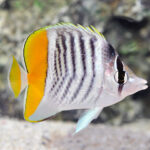

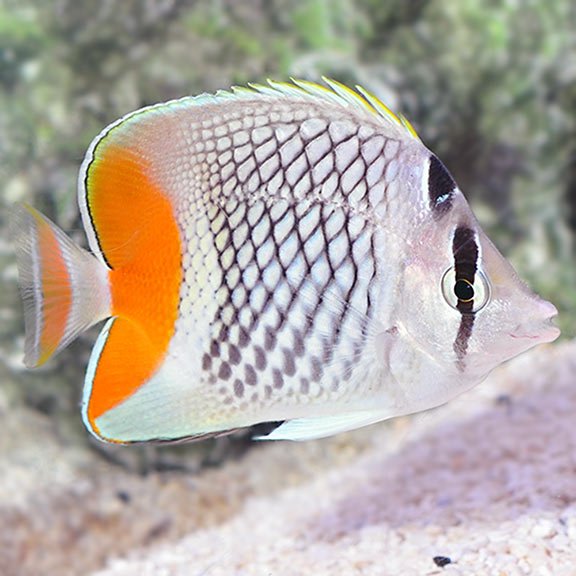


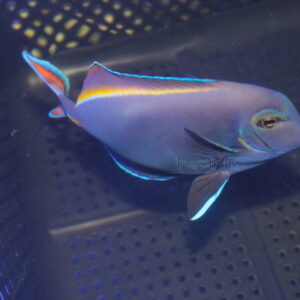
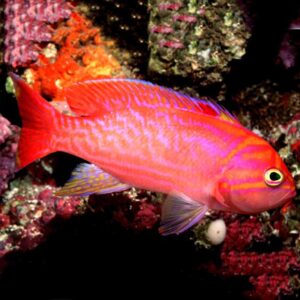
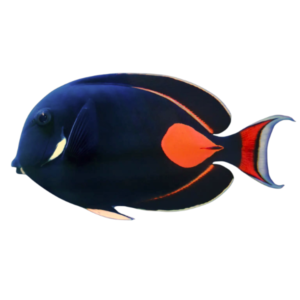
Reviews
There are no reviews yet.